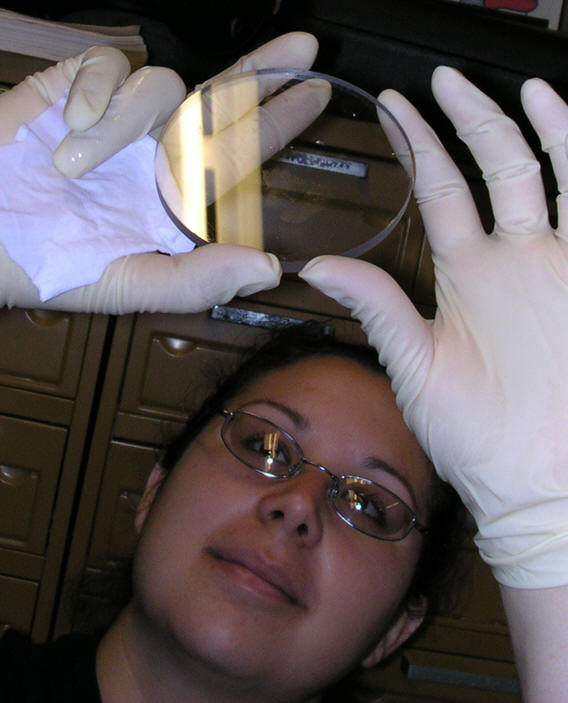Temperature effects on growth rate and diel vertical
migration of Kelletia kelletii larvae.
Kelletia
kelletii, a ubiquitous gastropod in southern CA kelp
forests, recently expanded its range into the colder waters of
central California past its historical northern range limit at
Point Conception. The shift to colder water can affect larval
life-history traits such as planktonic larval duration (PLD),
growth rate, and behavior. I investigated whether K. kelletii
larval growth was affected by temperature, explored whether they
undergo diel vertical migration (DVM), and examined whether a
change in DVM occurred as a function of age or temperature or
both. In laboratory culturing experiments, I found that larval
developed slower in colder water, that they undergo daily
vertical migration, with upward migration during nighttime and
downward migration during the day, that temperature had a
profound impact on their DVM behavior, with more larvae at he
surface in colder water, even during the day, and, last, that
their DVM behavior changed as a function of age, with more
demersal behavior as they progressed toward metamorphosis. K.
kelletii larvae developing in colder water might have longer
PLD and they spend more time in dispersive surface currents.
Thus, they might have the potential to disperse further than
larvae developing in warmer water. Follow-up experiments by
other students in the Zacherl will explore the cues that control
DVM behavior and will validate my findings in the field. We will
eventually work with modelers to identify the dispersal
consequences of K. kelletii larval behavior.
In separate
culturing experiments, I was able to define the planktonic
larval duration as between 5-9 weeks, and I tentatively
identified a metamorphosis cue, the vermetid gastropod
Petaloconchus sp. Currently, I am an
NSF-funded CREST scholar pursuing my Master’s degree at
CSU Los Angeles with Dr. Patrick Krug.

